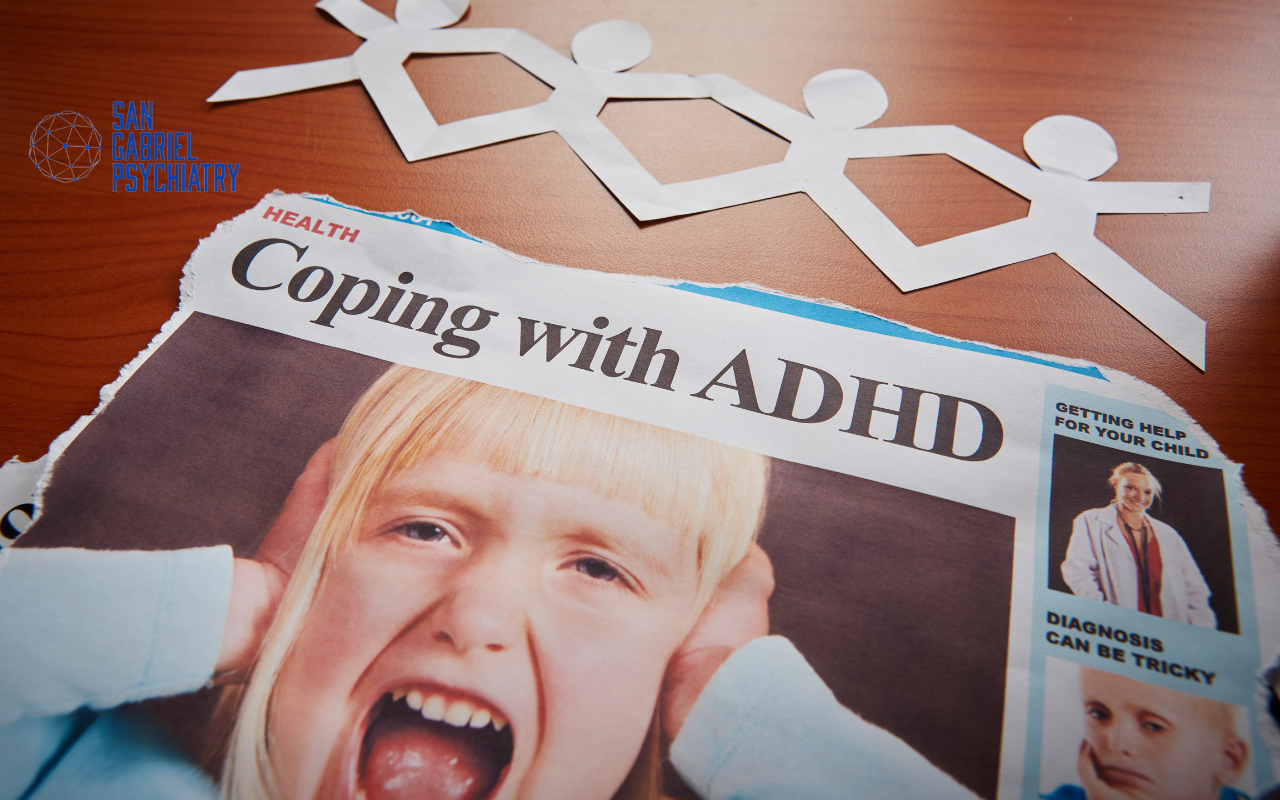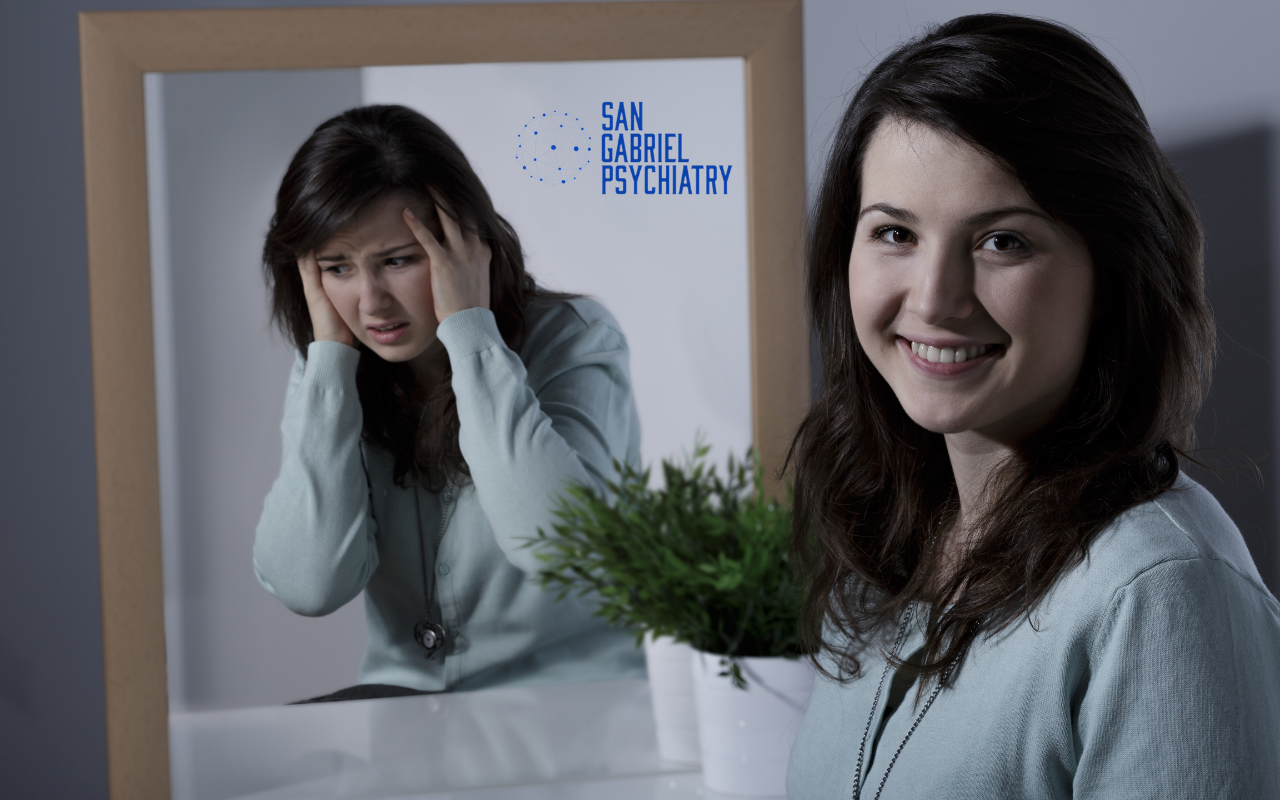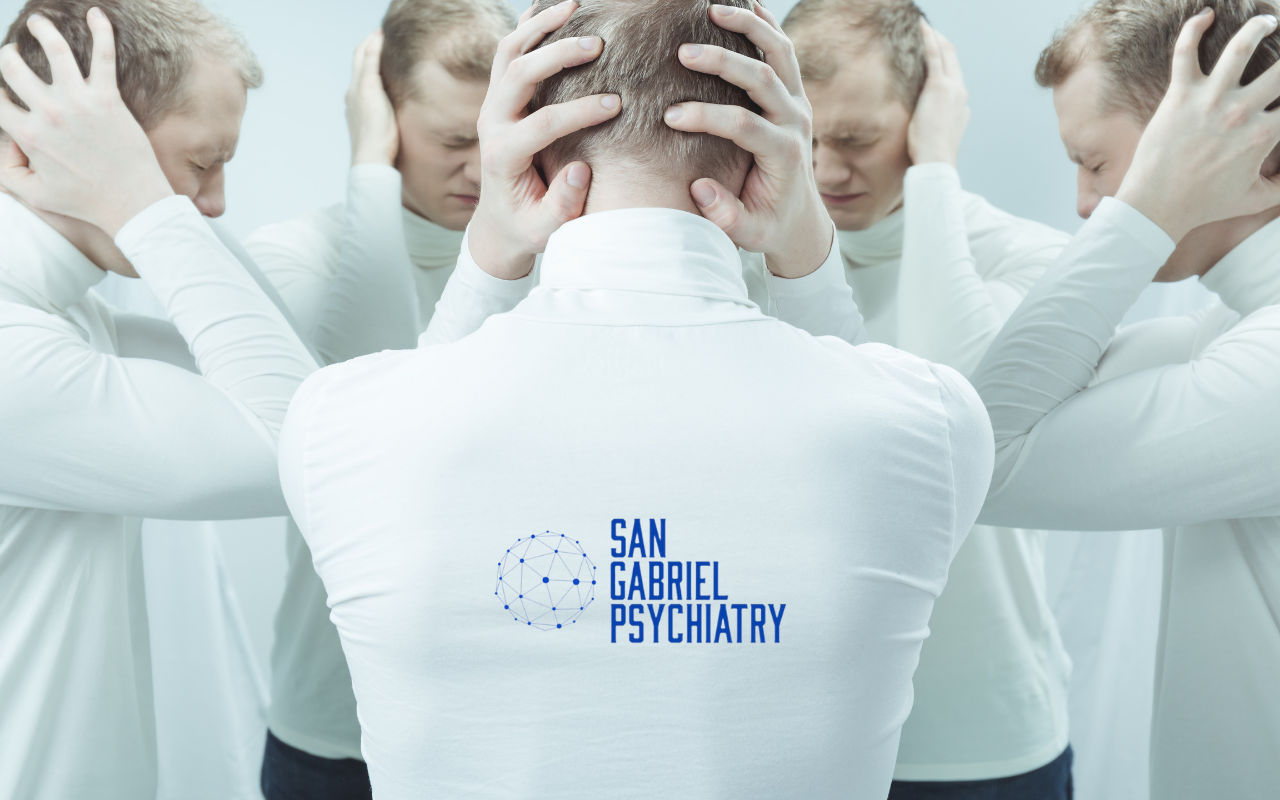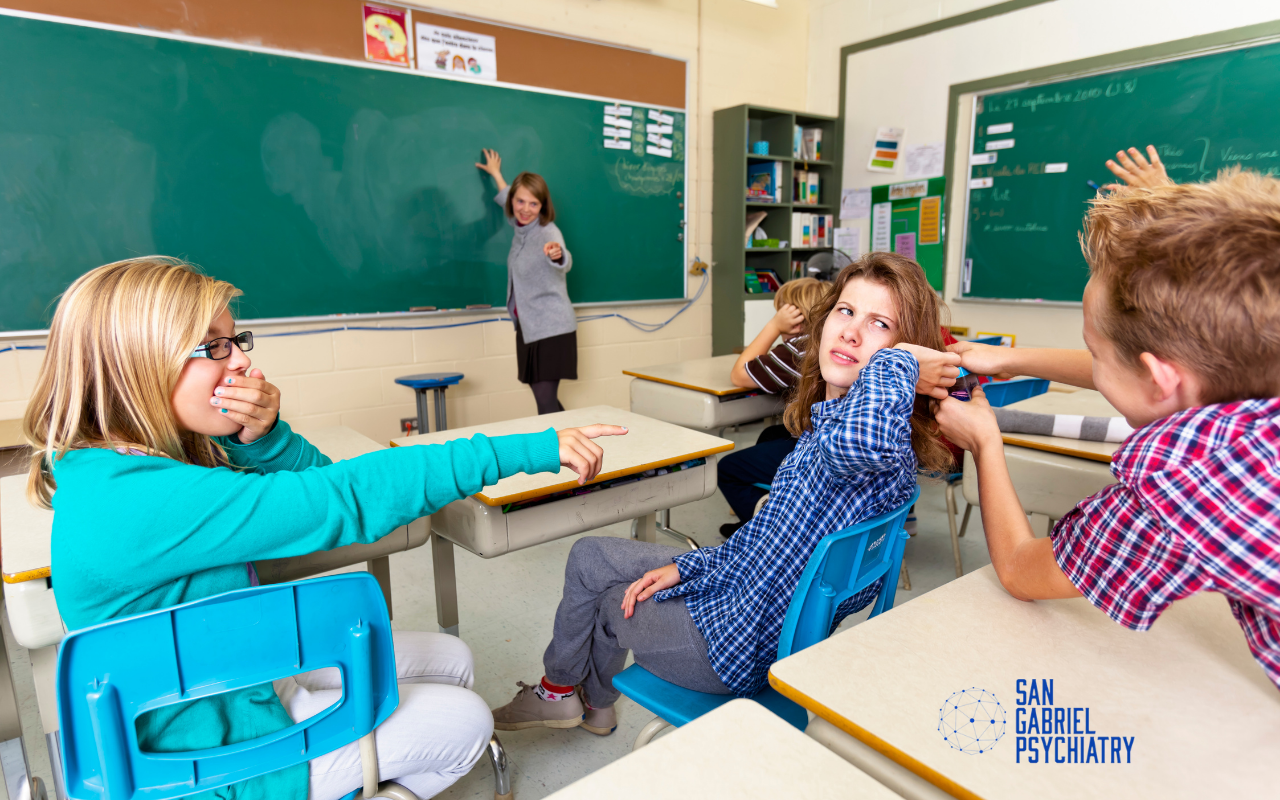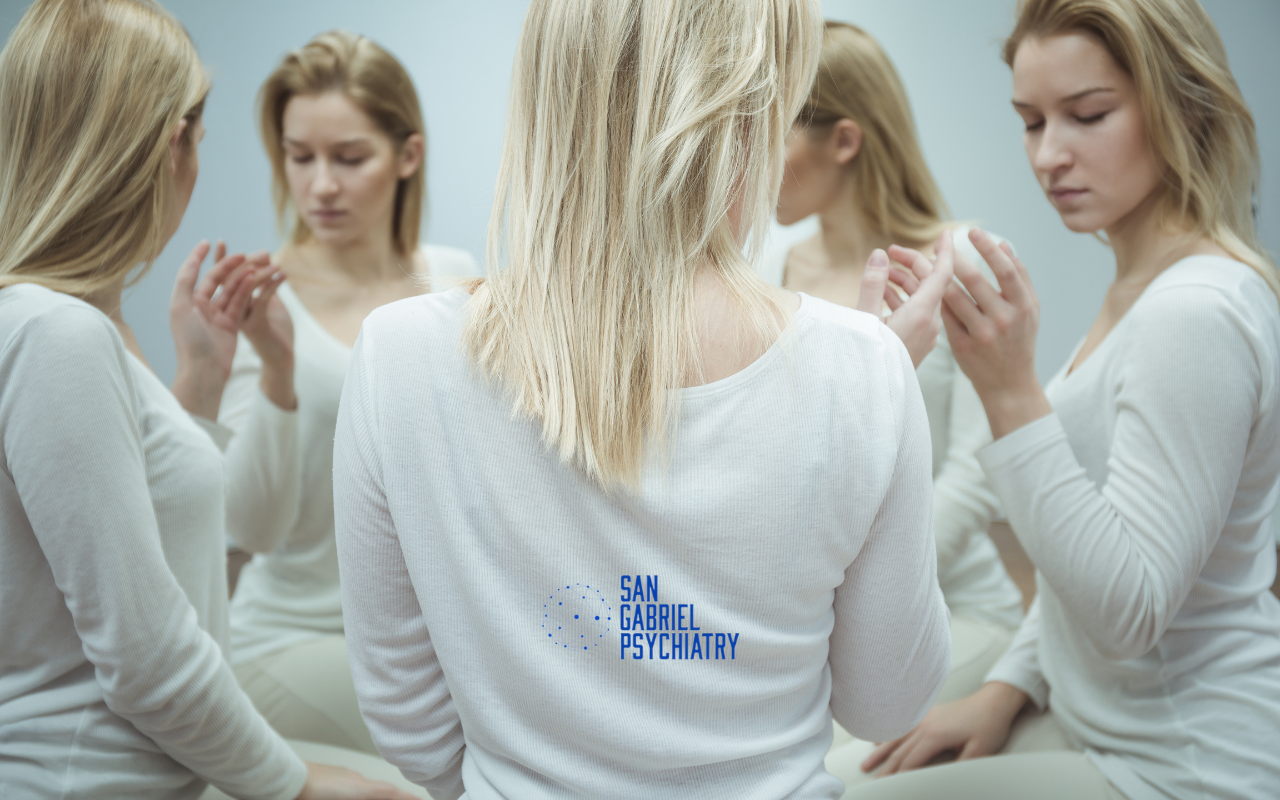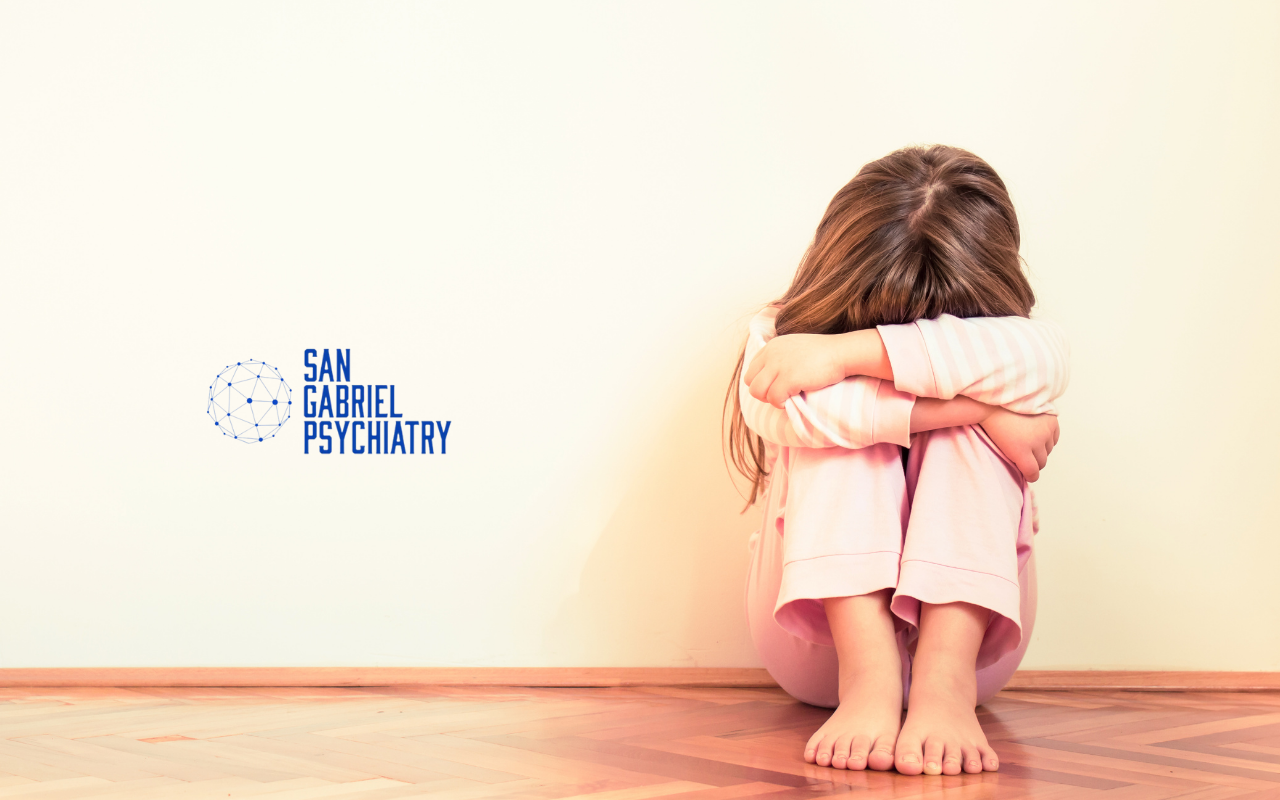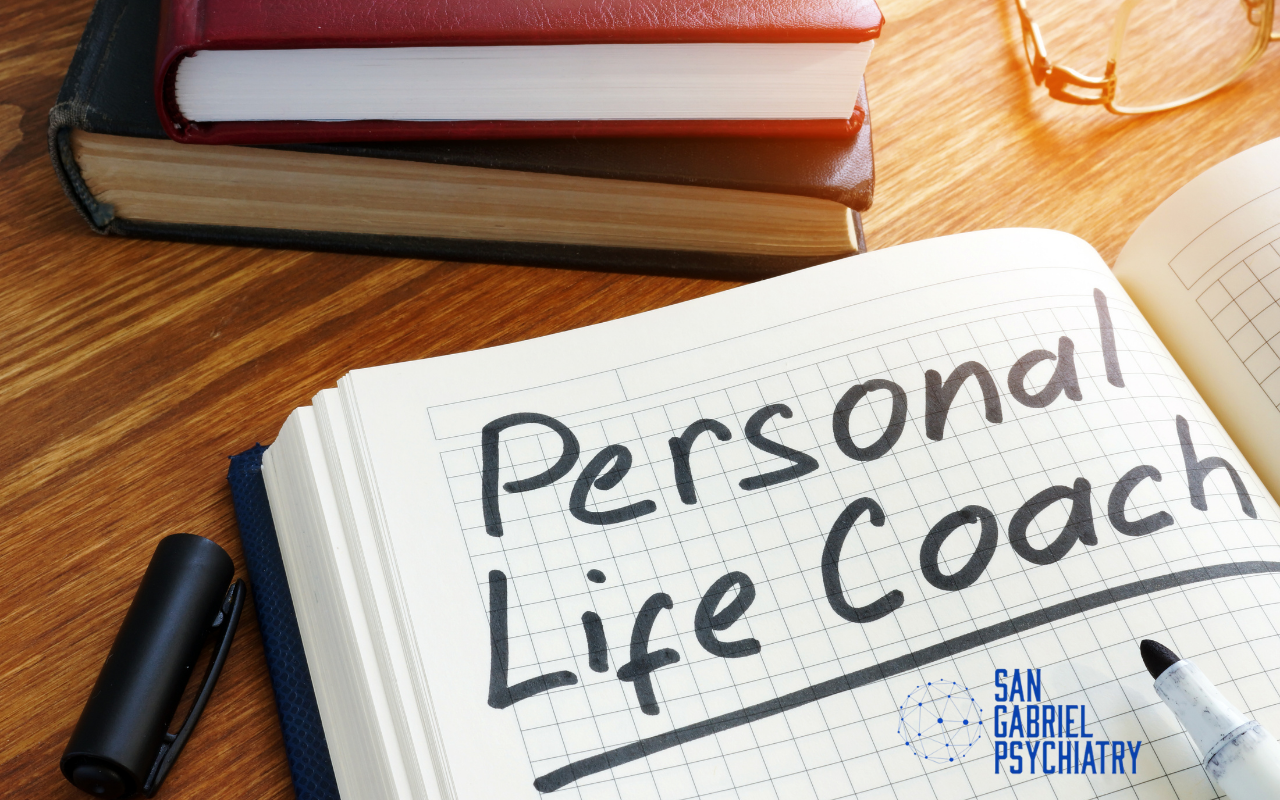At least one in 10 (10%), or about 6 million people, has a serious emotional disturbance at some point in their life. Emotional disturbance is a condition exhibiting one or more of the following characteristics over a long period of time and to a marked degree that adversely affects a child’s educational performance:
• Inability to learn that cannot be explained by intellectual, sensory, or health factors.
• Inability to build or maintain satisfactory interpersonal relationships with peers and teachers.
• Inappropriate types of behavior or feelings under normal circumstances.
• General pervasive mood of unhappiness or depression.
• Tendency to develop physical symptoms or fears associated with personal or school problems.
Some of the characteristics and behaviors seen in children who have an emotional disturbance include:
• Hyperactivity (short attention span, impulsiveness);
• Aggression or self-injurious behavior (acting out, fighting);
• Withdrawal (not interacting socially with others, excessive fear or anxiety);
• Immaturity (inappropriate crying, temper tantrums, poor coping skills); and
• Learning difficulties (academically performing below grade level).
Children with the most serious emotional disturbances may exhibit distorted thinking, excessive anxiety, bizarre motor acts, and abnormal mood swings.
Many children who do not have emotional disturbance may display some of these same behaviors at various times during their development. However, when children have an emotional disturbance, these behaviors continue over long periods of time. Their behavior signals that they are not coping with their environment or peers.
(c) Individuals with Disabilities Education Act (IDEA)
